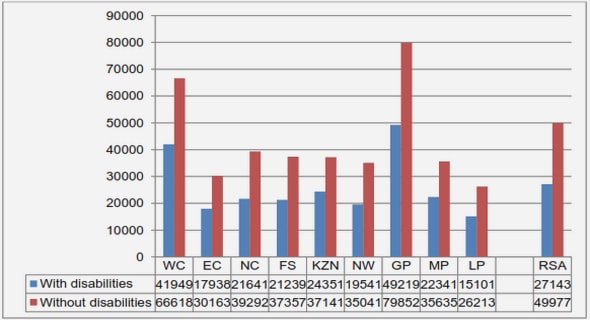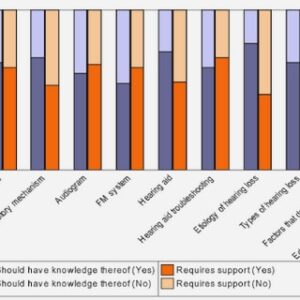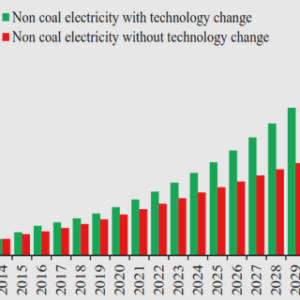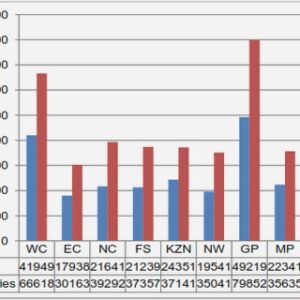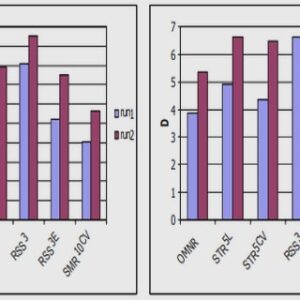(Downloads - 0)
For more info about our services contact : help@bestpfe.com
Table of contents
I. PHOSPHORUS, A NUTRIENT AT A CROSSROAD
1. Role of phosphorus in Nature and anthropogenic activities
2. Phosphorus reserve, current and forecasted uses
3. Mitigating measures envisioned to close the phosphorus cycle
II. PROCESSES FOR PHOSPHORUS RECOVERY
1. Agronomic value of struvite
2. Existing processes for phosphorus recovery
a. Technologies for phosphorus recovery from municipal / industrial wastewaters
Recovery from treated effluents
Recovery from the liquid phase of anaerobic digestion
Phosphorus recovery from municipal WWTP digested sludge itself
Pre-treatments of municipal sludge
Conclusion on phosphorus recovery from WWTP
b. Phosphorus recovery from Livestock effluents
Phosphorus recovery from the liquid phase
Pre-treatments prior to phosphorus recovery
III. ACIDOGENESIS
1. Catabolism of organic matter under anaerobic conditions
a. Catabolism of amino acids
b. Catabolism of lipids
c. Catabolism of glucose
2. Lactic acid fermentation
a. Lactic acid bacteria
b. Ensiling process
c. Butyric acid production from lactate
d. Other organic acids produced from lactate
e. Fermentation of swine manure
f. Lactic acid fermentation followed by methane production
IV. CONCLUSION
REFERENCES
OBJECTIVES OF THESIS
CHAPTER 1 DISSOLUTION OF PARTICULATE PHOSPHORUS IN PIG SLURRY THROUGH BIOLOGICAL ACIDIFICATION
I. SUMMARY OF CHAPTER 1
II. ABSTRACT
III. INTRODUCTION
IV. MATERIALS AND METHODS
1. Pig slurry
2. Biological acidification of pig slurry in batch tests using sucrose as co-substrate
3. Analysis
4. Statistics
V. RESULTS AND DISCUSSION
1. Effect of sucrose concentration on pH and fermentation product in slurry 1
a. pH change
b. Evolution of lactic acid, VFAs and sucrose across time
2. Phosphorus, magnesium, calcium and ammonia dissolution processes in slurry 1
3. Dissolution of P, Mg, Ca, N in the other slurries
4. Potential for struvite crystallization
5. Correlating lowest pH with initial sucrose concentration and buffer capacity
VI. CONCLUSIONS
VII. ACKNOWLEDGEMENT
VIII. FUNDING SOURCE
IX. REFERENCES
X. APPENDIX
1. Appendix A
2. Appendix B
3. Appendix C
4. Appendix D
CHAPTER 2 BIOLOGICAL ACIDIFICATION OF SWINE SLURRY: EFFECT OF VARIOUS ORGANIC CO- SUBSTRATES ON PH, ORGANIC ACIDS PRODUCTION AND BACTERIAL POPULATIONS
I. SUMMARY OF CHAPTER 2
II. ABSTRACT
III. INTRODUCTION
IV. MATERIALS AND METHODS
1. Characterization of pig slurry and digested pig slurry
2. Batch experiments
3. Physic and chemical analyses
4. Microbiological analysis
5. Statistical analysis
V. RESULTS AND DISCUSSION
1. Evolution of pH and organic acids concentration in batch tests with sucrose
2. Evolution of pH and organic acid production in batch tests with organic waste as co-substrates
3. Microbial diversity detection using 16S rDNA high throughput sequencing
4. Identification of the dominant species
VI. CONCLUSION
VII. REFERENCES
CHAPTER 3 BIOLOGICAL ACIDIFICATION OF PIG SLURRY USING ORGANIC CO SUBSTRATES: AN EFFICIENT PROCESS FOR PHOSPHORUS DISSOLUTION PRIOR TO STRUVITE CRYSTALLIZATION
I. SUMMARY OF CHAPTER 3
II. ABSTRACT
III. INTRODUCTION
IV. MATERIALS AND METHODS
1. Pig slurries
2. Organic co-substrates
3. Determination of the acidifying power for each co-substrate compared to sucrose
4. Biological acidification of pig slurry in batch tests using complex organic co-substrates
5. Semi continuous reactor
6. Crystallization process
7. Analysis
V. RESULTS AND DISCUSSION
1. Model fitness
2. Dissolution of P, Mg, Ca and N
a. Phosphorus
b. Magnesium calcium and nitrogen dissolution
3. Molar ratios of interest for struvite precipitation
4. Semi-continuous reactor operation and phosphorus recovery
VI. CONCLUSIONS
VII. FUNDING SOURCE
VIII. REFERENCES
DISCUSSION AND PERSPECTIVES
